Kansas City is a unique metropolitan area that straddles the border between Missouri and Kansas, and it consists of two separate cities: Kansas City, Missouri, and Kansas City, Kansas. Each side of the border has its own distinct characteristics, but they share many aspects of their socio-economic descriptions. Here’s an overview:
- Economy: Kansas City, as a whole, has a diverse economy with a focus on various industries. Major sectors include healthcare, education, finance, manufacturing, and technology. It’s home to several Fortune 500 companies, including Sprint (now part of T-Mobile), Hallmark Cards, and H&R Block.
- Employment: The region has a relatively low unemployment rate compared to the national average. Employment opportunities are abundant, and job growth has been steady. The healthcare and technology sectors have been particularly strong in terms of job creation.
- Education: The area is served by numerous school districts and higher education institutions. On the Missouri side, the Kansas City Public School District is one of the largest, while the Kansas City, Kansas Public Schools serves the Kansas side. Higher education institutions include the University of Missouri-Kansas City (UMKC) and the University of Kansas Medical Center.
- Cost of Living: The cost of living in Kansas City is generally lower than many major metropolitan areas in the United States, making it an attractive place to live for those looking for affordability and quality of life.
- Culture and Arts: Kansas City has a vibrant cultural scene with numerous museums, art galleries, theaters, and music venues. It’s famous for its jazz heritage and is home to the American Jazz Museum.
- Sports: The region is passionate about sports, and it’s home to several professional sports teams, including the Kansas City Chiefs (NFL) and the Kansas City Royals (MLB). The Chiefs, in particular, have a dedicated and enthusiastic fan base.
- Healthcare: The area has several major hospitals and healthcare facilities, including the University of Kansas Health System and the Saint Luke’s Health System, making it a regional healthcare hub.
- Transportation: Kansas City has a well-developed transportation network with several major highways, including I-70 and I-35, passing through the region. Kansas City International Airport serves as the primary airport for the area.
- Racial and Socio-Economic Diversity: Like many U.S. cities, Kansas City exhibits a range of socio-economic diversity, with disparities in income and living conditions between different neighborhoods and communities. Racial diversity is also a notable feature of the city, with a mix of ethnicities and backgrounds.
- Challenges: As with any city, Kansas City faces challenges such as crime, educational disparities, and infrastructure needs. Addressing these challenges is an ongoing effort for local government and community organizations.
It’s important to note that while this overview provides a general picture of the Kansas City area, the socio-economic conditions can vary widely between different neighborhoods and communities within both Kansas City, Missouri, and Kansas City, Kansas.

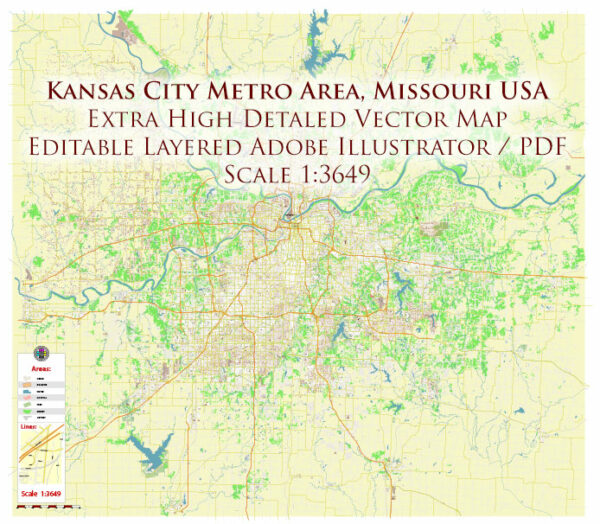
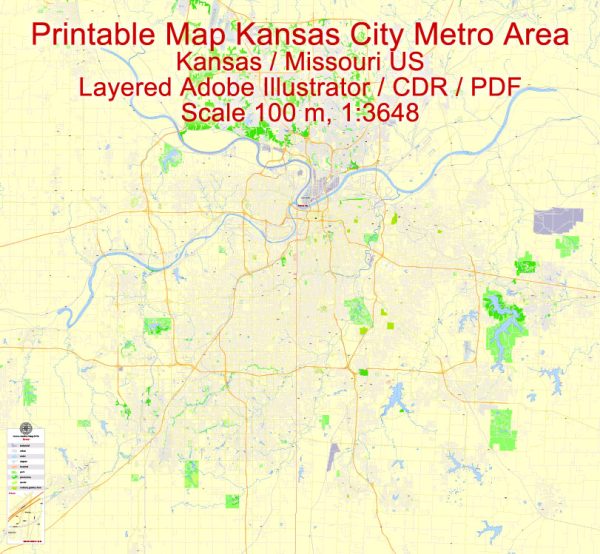

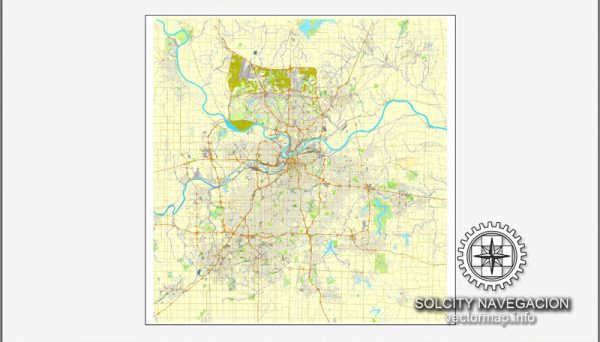
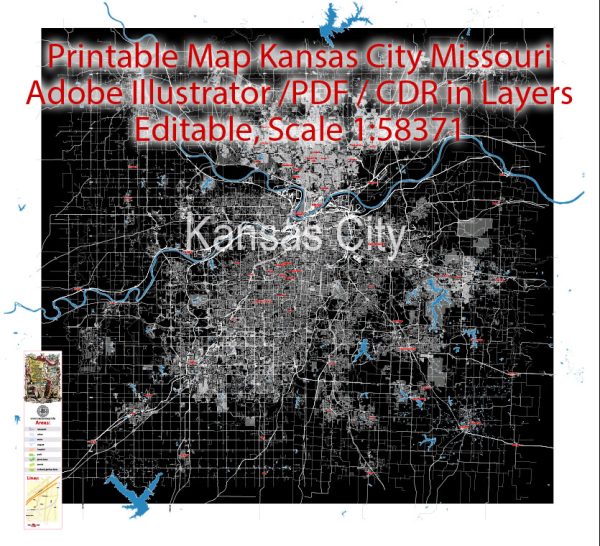
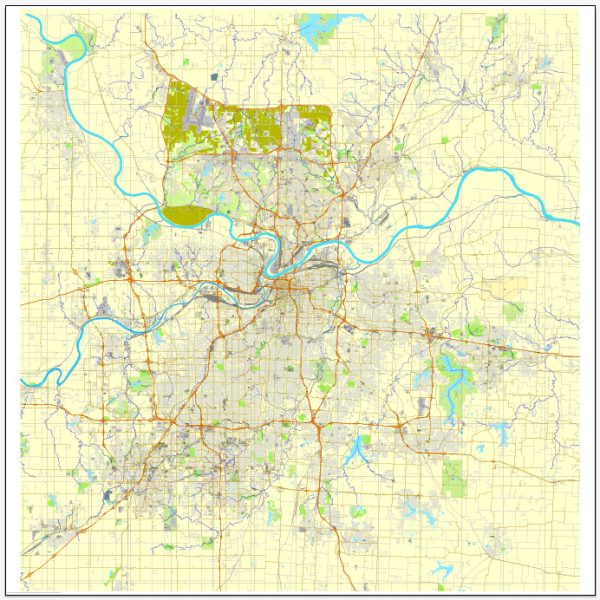
 Author: Kirill Shrayber, Ph.D.
Author: Kirill Shrayber, Ph.D.